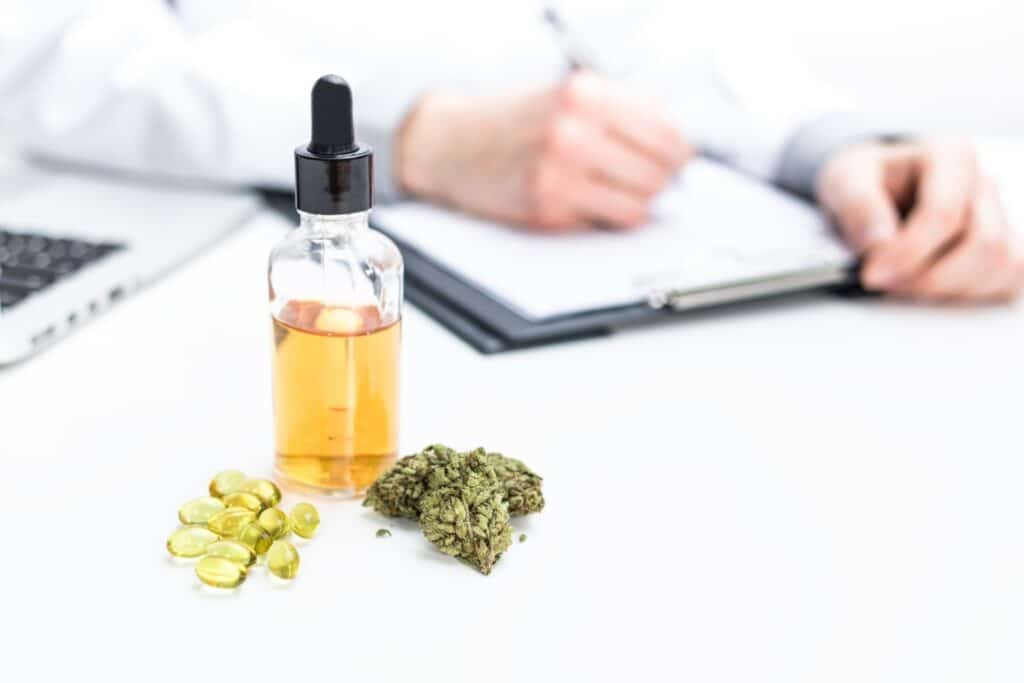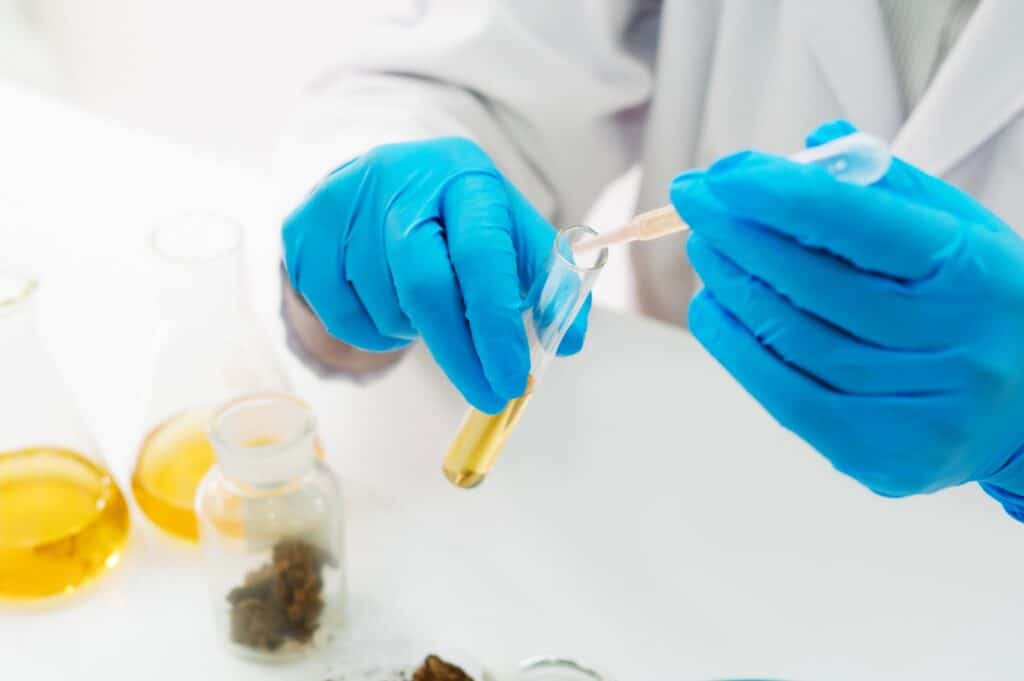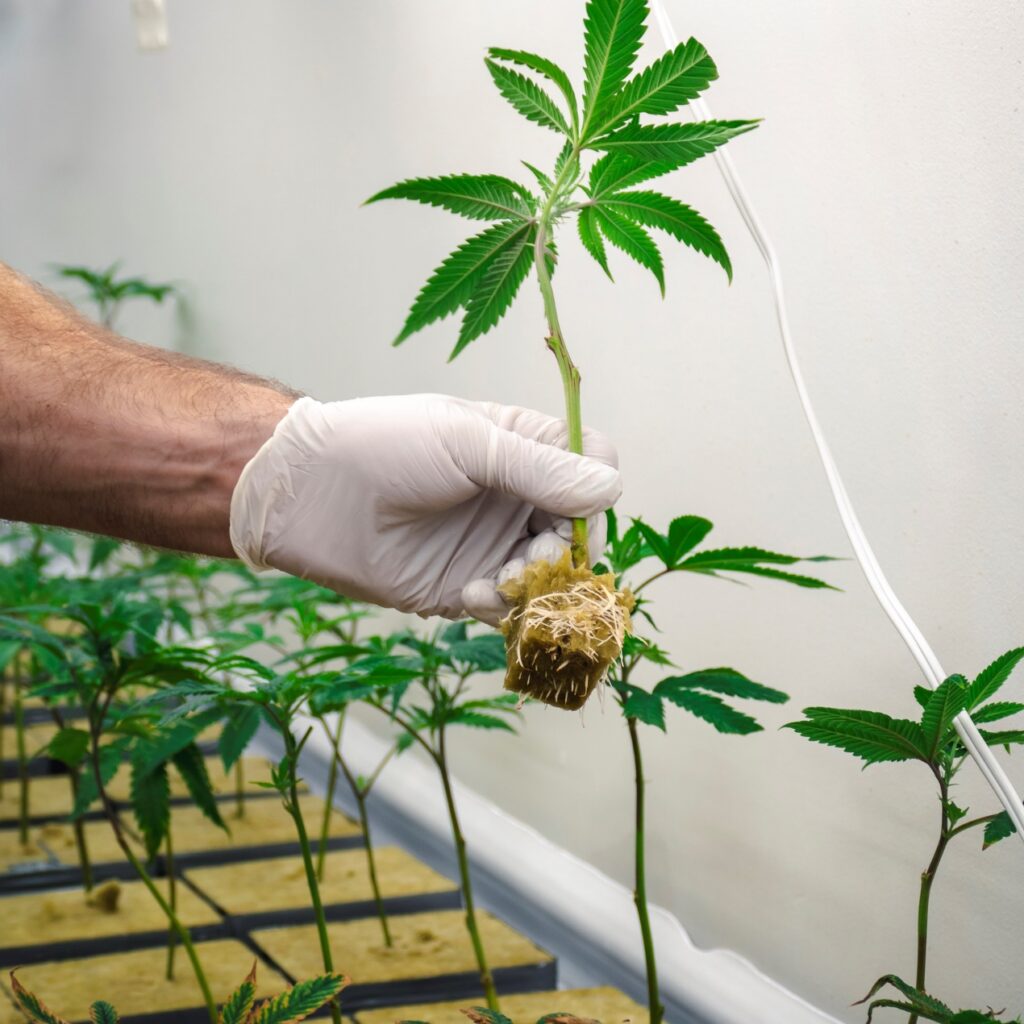
As a professional with a career in the field of regulated cannabis, you will encounter products in many different forms. From flowers to tinctures to edibles, you should familiarize yourself with the many forms that cannabis products take.
Some of these products will be created using cannabinoid extracts. Extracts are oil-like substances that concentrate the cannabinoid compounds found in the cannabis plant. These are the chemical compounds that affect the body and mind when consumed.
These two cannabinoids are commonly encountered and form the base of a majority of cannabis products:
- THC, or tetrahydrocannabinol
- CBD, or cannabidiol
Extracts can be sold in solid or liquid form, and consumed through smoking, vaporization, sublingually, or when added to products. However, first the cannabinoids must be extracted. Read on to learn about common extraction techniques used by professionals in cannabis careers.
Contrasting Solvent-Based and Solventless Extraction Methods
Cannabinoids are extracted from plant materials either using a solvent or using solventless methods. The latter method has been around for thousands of years. In early history, humans used simplistic hand-rubbing or sieve-rubbing techniques to extract concentrated materials from dried flowers.

Cannabinoid extracts are created using solvent-based or solventless methods
Today, common solventless methods include:
- Dry-sieve method
- Water extraction
- Applying heat and pressure to extract resin
However, it’s much more common for solvents to be used when cannabis extracts are being produced in industrial settings. A solvent is a liquid in which a substance is dissolved, forming a homogeneous solution.
What Those in Cannabis Careers Should Know About Alcohol Extraction Techniques
Some of the most common extract products you will encounter once you become a cannabis distributor are those created using alcohol or ethanol methods. There are several different ways alcohol extraction techniques work. Depending on the method, a different outcome will be produced, with different constraints on the process:
- Hot alcohol extraction
- Cold alcohol extraction
- Room temperature alcohol extraction

Some products are created using alcohol-based extraction methods
Hot alcohol extraction involves cycling hot alcohol solvent through the flower, which strips cannabinoids as well as terpenes. Terpenes provide flavour and aroma to the extract. The hot method is more efficient but can over-extract things like chlorophyll and plant waxes.
Cold and room-temperature extraction processes avoid the over-extraction that hot extraction can bring. Generally, room temperature extraction is the preferred method. This method involves the submersion of dried flowers in a vat, before the material is removed and the solvent is gradually heated. The end product is a high-purity oil.
Exciting New Technologies in Cannabinoid Extraction Techniques
There are other, more modern techniques that are beginning to grow in popularity among those in regulated cannabis careers. One of these techniques is hydrocarbon extraction. Though it may sound intimidatingly technical, the process is simplistic. Cannabinoids are extracted using a solvent that’s either butane or propane.

Hydrocarbon methods involve using butane or propane on dried flowers
The hydrocarbon method is lucrative due to its ability to extract a greater variety of terpenes, thus providing extra flavour and aroma for products such as vaping oils or oral tinctures. However, there are some complications:
- The process is difficult to be automated, thus there must always be personnel present
- The low boiling point of the solvents present safety hazards
An interesting new extraction technique is supercritical CO2 extraction. This process has long been used in the processing of products such as coffee, tea, and vanilla. It involves turning CO2 gas into a fluid, which is then passed over flowers. The drawback to this method is the high upfront cost that comes with the high-tech pressure and temperature control equipment needed.
Do you want to learn more about these intricacies while you work towards a cannabis distribution license?
Contact the Academy of Applied Pharmaceutical Sciences for more information.



